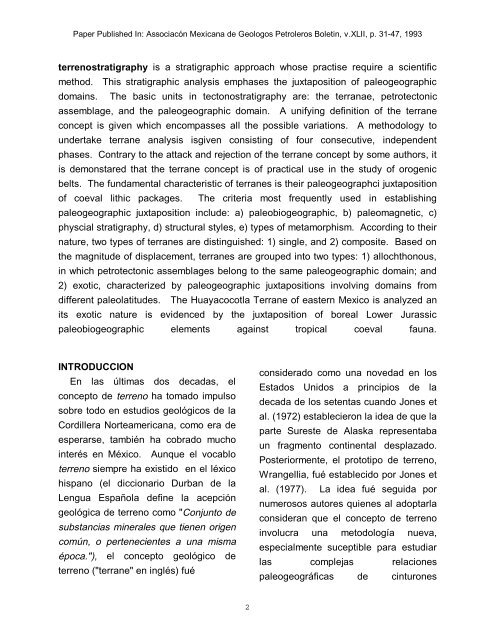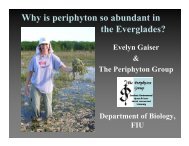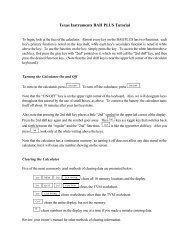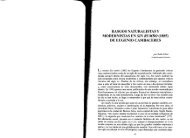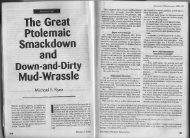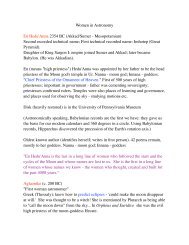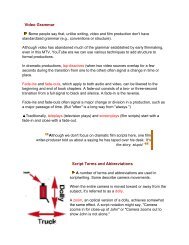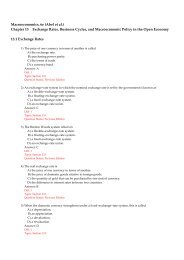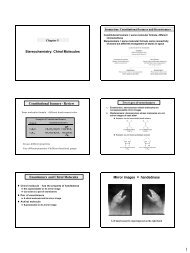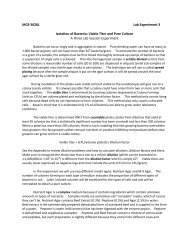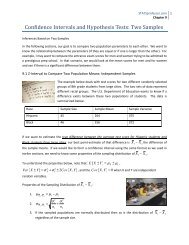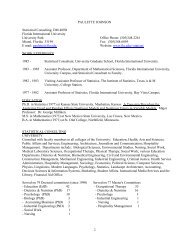LA TERRENOESTRATIGRAFIA - Florida International University
LA TERRENOESTRATIGRAFIA - Florida International University
LA TERRENOESTRATIGRAFIA - Florida International University
You also want an ePaper? Increase the reach of your titles
YUMPU automatically turns print PDFs into web optimized ePapers that Google loves.
Paper Published In: Associacón Mexicana de Geologos Petroleros Boletin, v.XLII, p. 31-47, 1993<br />
terrenostratigraphy is a stratigraphic approach whose practise require a scientific<br />
method. This stratigraphic analysis emphases the juxtaposition of paleogeographic<br />
domains. The basic units in tectonostratigraphy are: the terranae, petrotectonic<br />
assemblage, and the paleogeographic domain. A unifying definition of the terrane<br />
concept is given which encompasses all the possible variations. A methodology to<br />
undertake terrane analysis isgiven consisting of four consecutive, independent<br />
phases. Contrary to the attack and rejection of the terrane concept by some authors, it<br />
is demonstared that the terrane concept is of practical use in the study of orogenic<br />
belts. The fundamental characteristic of terranes is their paleogeographci juxtaposition<br />
of coeval lithic packages. The criteria most frequently used in establishing<br />
paleogeographic juxtaposition include: a) paleobiogeographic, b) paleomagnetic, c)<br />
physcial stratigraphy, d) structural styles, e) types of metamorphism. According to their<br />
nature, two types of terranes are distinguished: 1) single, and 2) composite. Based on<br />
the magnitude of displacement, terranes are grouped into two types: 1) allochthonous,<br />
in which petrotectonic assemblages belong to the same paleogeographic domain; and<br />
2) exotic, characterized by paleogeographic juxtapositions involving domains from<br />
different paleolatitudes. The Huayacocotla Terrane of eastern Mexico is analyzed an<br />
its exotic nature is evidenced by the juxtaposition of boreal Lower Jurassic<br />
paleobiogeographic elements against tropical coeval fauna.<br />
INTRODUCCION<br />
En las últimas dos decadas, el<br />
concepto de terreno ha tomado impulso<br />
sobre todo en estudios geológicos de la<br />
Cordillera Norteamericana, como era de<br />
esperarse, también ha cobrado mucho<br />
interés en México. Aunque el vocablo<br />
terreno siempre ha existido en el léxico<br />
hispano (el diccionario Durban de la<br />
Lengua Española define la acepción<br />
geológica de terreno como "Conjunto de<br />
substancias minerales que tienen origen<br />
común, o pertenecientes a una misma<br />
época."), el concepto geológico de<br />
terreno ("terrane" en inglés) fué<br />
2<br />
considerado como una novedad en los<br />
Estados Unidos a principios de la<br />
decada de los setentas cuando Jones et<br />
al. (1972) establecieron la idea de que la<br />
parte Sureste de Alaska representaba<br />
un fragmento continental desplazado.<br />
Posteriormente, el prototipo de terreno,<br />
Wrangellia, fué establecido por Jones et<br />
al. (1977). La idea fué seguida por<br />
numerosos autores quienes al adoptarla<br />
consideran que el concepto de terreno<br />
involucra una metodología nueva,<br />
especialmente suceptible para estudiar<br />
las complejas relaciones<br />
paleogeográficas de cinturones


